
Cool Runnings
By Steve Temple
It’s the stuff you can’t see that often makes the difference between a good and a great project car. That’s because it’s all too easy to get distracted by the obvious features such as the engine, bodywork and upholstery. But what about beneath and behind those items? Without sufficient insulation for heat and sound, your car can end up being hot and noisy, an uncomfortable experience at best.
Fiberglass is a wonderful material in certain aspects, but lousy for insulating against noise and heat, both of which can interfere with your reaction time and driving ability. That’s particularly a problem on the track, as noted in the adjoining feature on competition prep tips on a Factory Five GTM (“The Warhorse”). So we thought you’d like to see how QuietRide Solutions was used to insulate a GTM.
Before getting into the details, let’s address the noise aspect first. Note that sound can emanate from at least two different sources on a car: via a solid material (the frame and body panels) and through the air (such as from the intake and exhaust pipe). Reducing noise levels starts with minimizing vibration, like placing your hand on the skin of a drum.
Dynamat, a material composed of rubber and asphalt, is the rough equivalent of placing your hand on the drumming motion of your cockpit panels. QuietRide, the country’s largest distributor of Dynamat, starts an insulation project by laying down intermittent strips of this self-adhesive material on the fiberglass (or sheet metal, depending on the vehicle).
Why not use just one big sheet? Keeping the cost down is the main reason, and those strips work almost as well.
Next goes on a layer of Quality Heat Shield, dense padding bonded to a reinforced layer of aluminum foil. It’s important that the foil be placed on top (instead of against the fiberglass body or sheet metal). That’s because it not only serves as a skin to protect the padding, but also creates an air pocket, similar to a double-pane window. It’s that layer of air that provides the insulation, providing as much as a 50 percent reduction in noise, including the airborne type, depending on the vehicle.
As for reducing temperature, the foil also helps to reflect back heat emanating from the engine and exhaust system. This material acts as a fire retardant, and reflects back 97 percent of infrared energy, QuietRide claims, resulting in a temperature drop of as much as 30 degrees.
It’s fairly easy to put in the materials, and QuietRide offers a wide range of precut kits for cars, trucks, RVs and other projects. A universal package that you can custom fit is available as well.
It’s important to make sure the materials form a consistent barrier or envelope that’s sealed with foil tape at the seams, and is glued down securely. Otherwise even a small opening can let either sound or heat enter the cockpit.

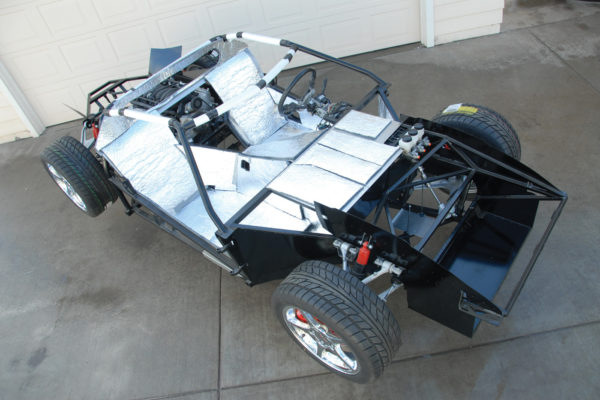
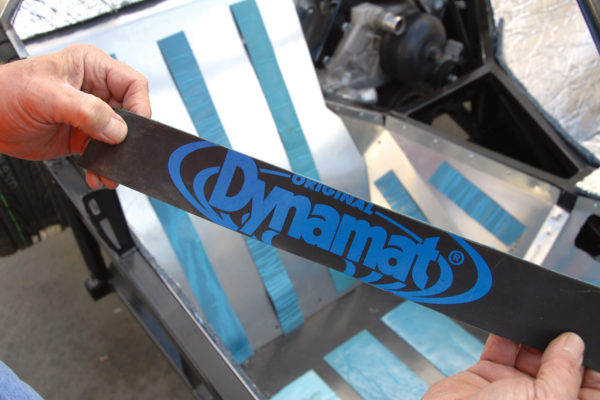
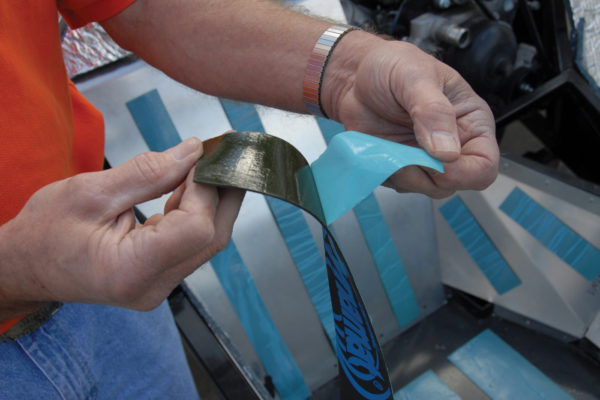
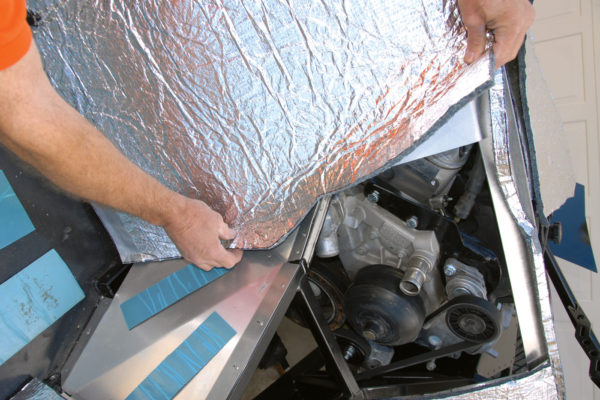
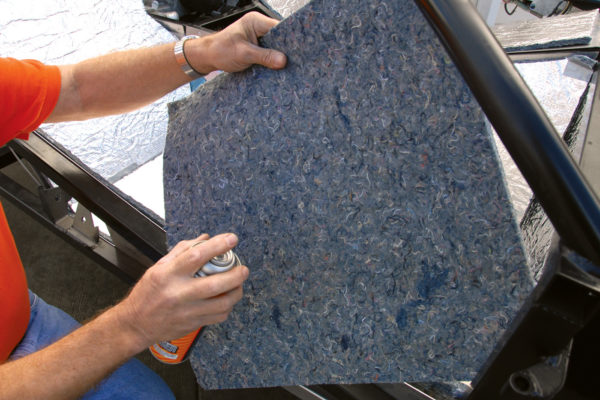
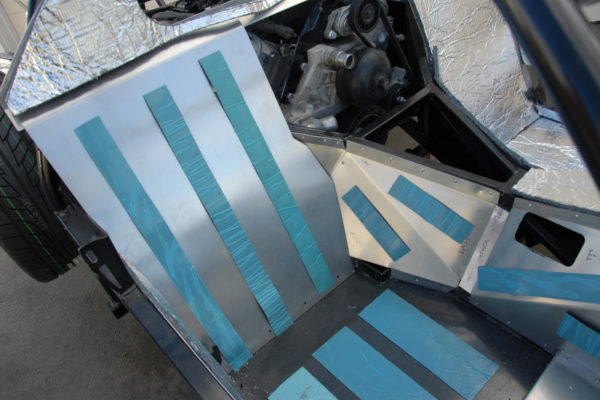
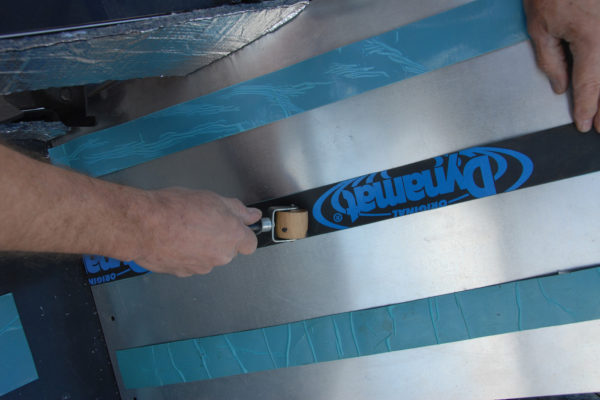
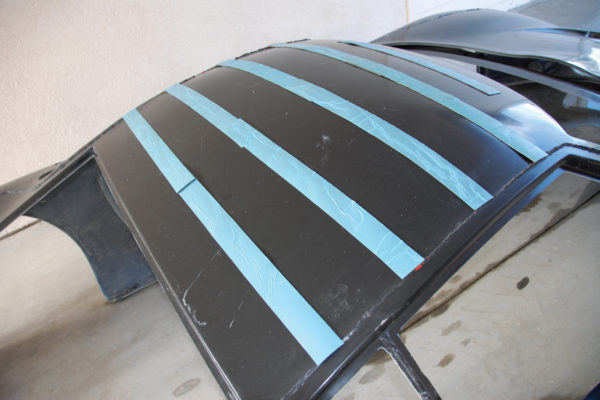
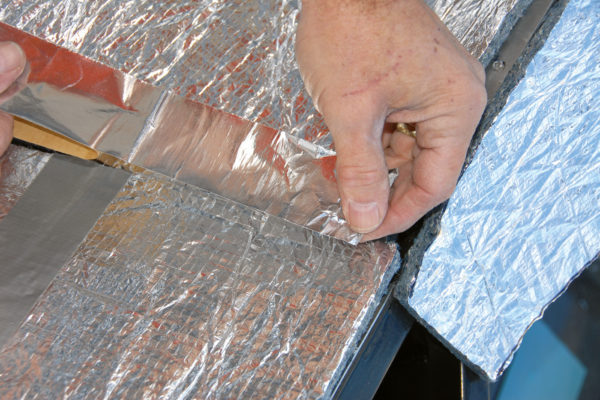
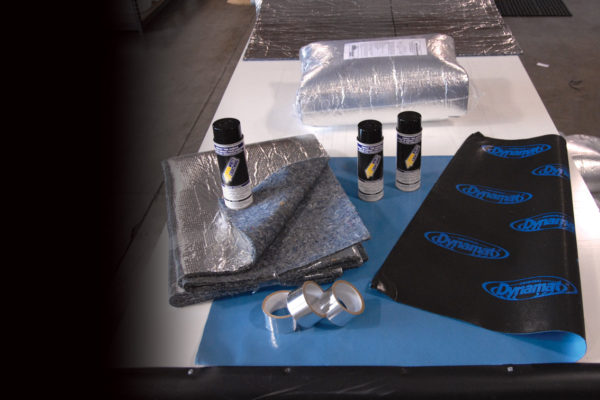

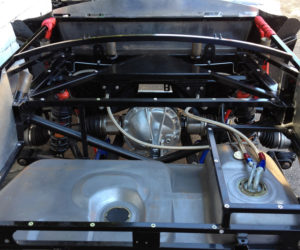

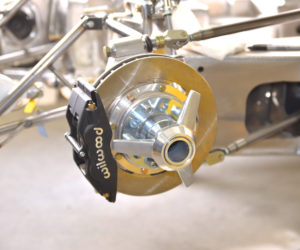
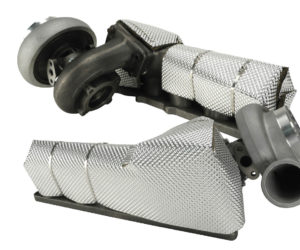
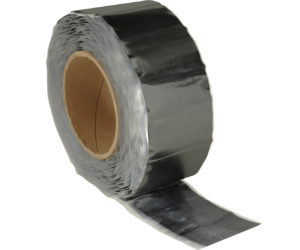
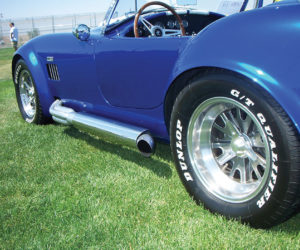




Comments for: Cool Runnings
comments powered by Disqus